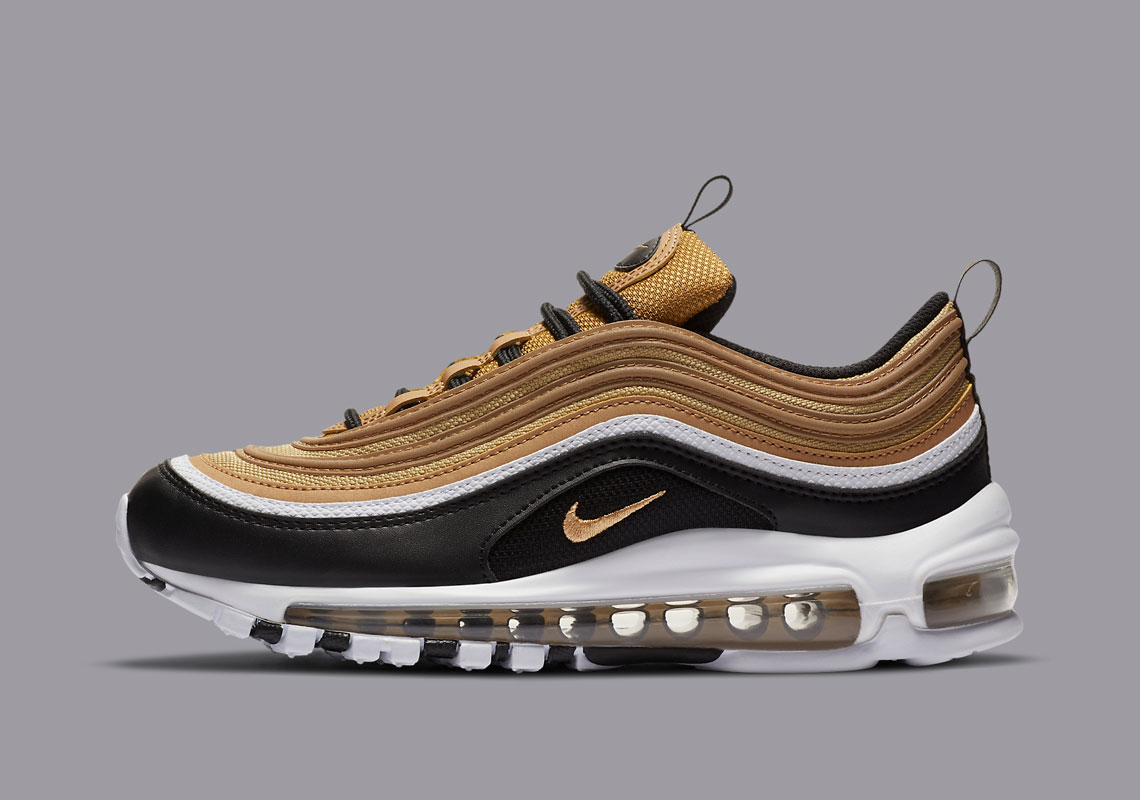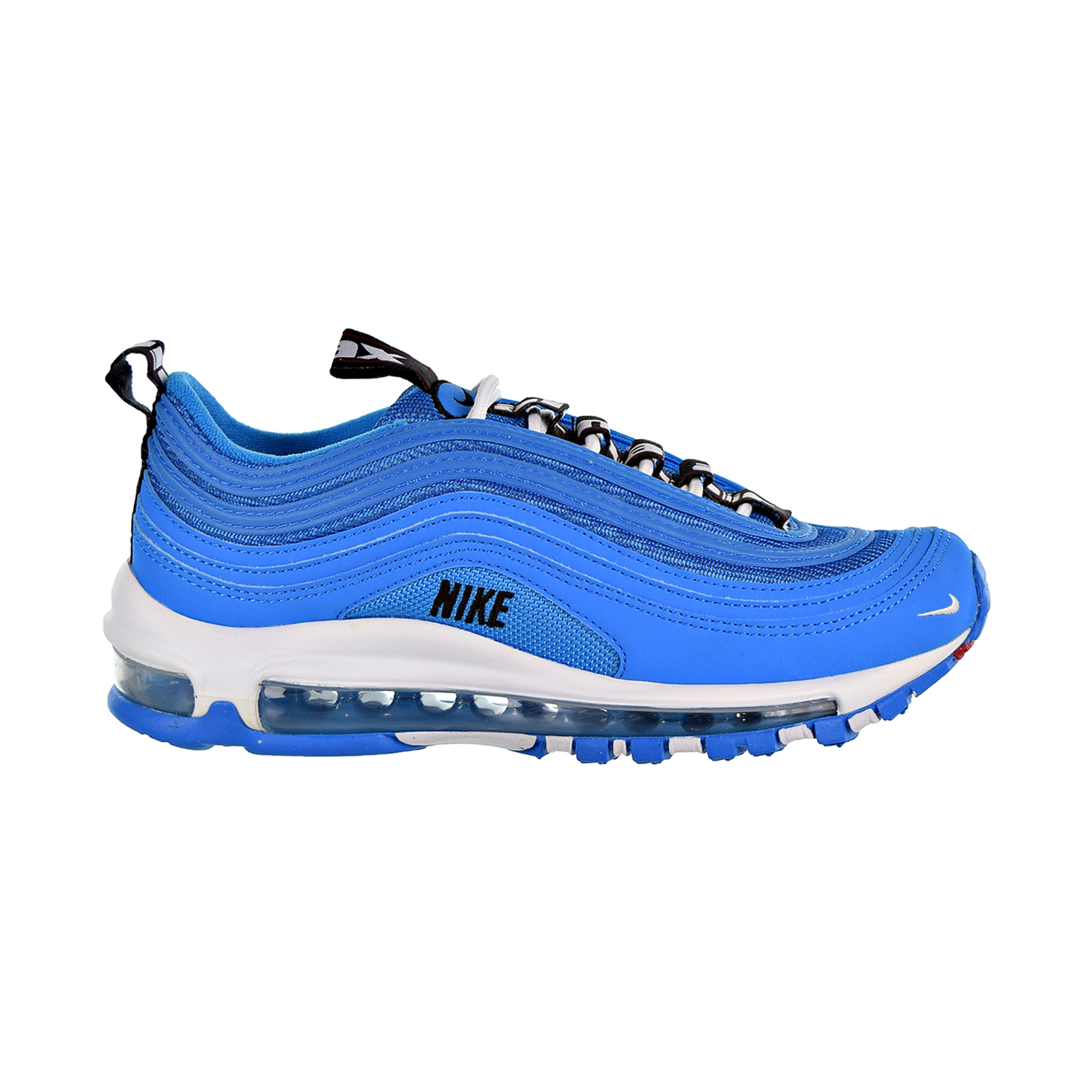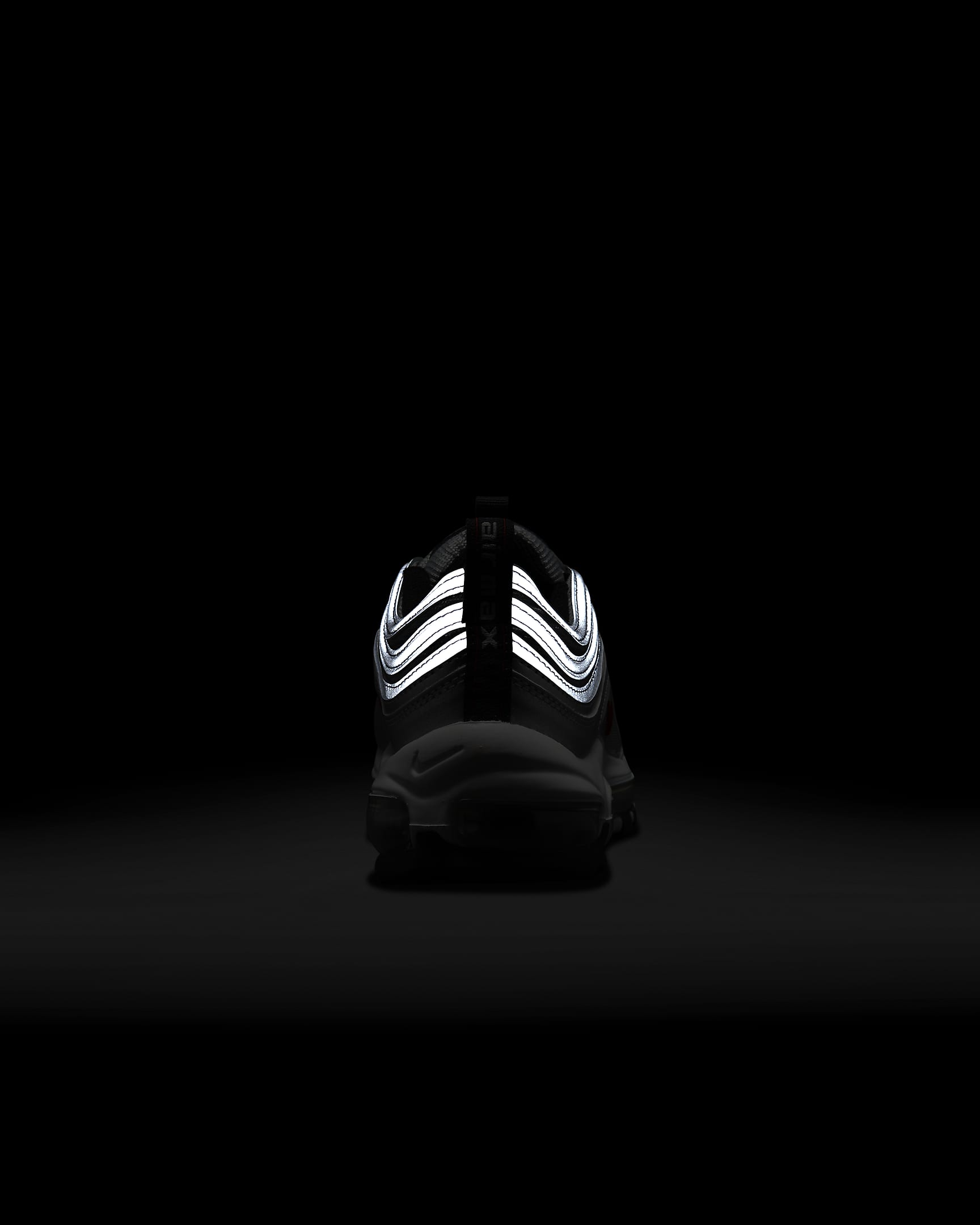

“I think that clubbers and writers adopted them straight away independently of each other,” explains Morano, the book’s editor. (He also goes on to refute the common misconception, at least in the world of sneakerheads, that the 97 was informed by the Japanese bullet train). Don’t blow it.’” And so, inspired by an image of water drops hitting the surface of a pond and rippling out, Tresser set about creating the 97, with a combination of metallic-looking and reflective fabrics. “The message I was given was, ‘This shoe is going to make your career.

“When the 97 arrived on my desk, it had already been through two designers before me,” recalls Tresser in Le Silver. In 1997, Christian Tresser was a young designer at Nike, whose previous experience had largely been in creating football boots – as well as creating another cult favourite, the Nike Spiridon. What drives us is the opportunity of looking at these phenomena from the perspective of contemporary art, with a close eye on the relevance of aesthetics in society – and this book is exactly about an aesthetic obsession.” “But for several years now, we've been resisting the self-referential attitude of the contemporary art world and connecting the dots that link it with other creative fields and industries. “For a publisher focused on contemporary art and culture, a book about a Nike shoe may seem like an odd fit,” explained Kaleidoscope’s creative director, Alessio Ascari. Initially conceived as an internal report at Nike to explore this unique fascination with a certain shoe, the project soon grew into something much greater.
#Kids nike air max 97 series
Le Silver, which is published by international art media group Kaleidoscope and limited to only 600 copies, explores the adoption of the 97 by Italy’s most vibrant subcultures and its subsequent rise to mainstream commercial success through a series of interviews, ranging from small-time rappers to Vogue Japan’s Anna Dello Russo. It is this phenomenon that has been recorded in a forthcoming tome by editor Lodovico Pignatti Morano, who has previously worked on such projects as Ideas From Massimo Osti, a monograph on the Italian founder of Stone Island. Air Max 97s also served as the inspiration for Italian designer Riccardo Tisci’s most recent collaboration with Nike, who commented that “if you didn’t have Air Max you were not cool! The sexy bad boy and the bad girl in the club, they would wear them – so my memory of these shoes is me saving money to buy them!” The sneaker would go on to become the first adopted en-masse by Italians, gradually seeping out from its major cities into rural towns and provinces to eventually finding itself on the feet of those who had never ‘bombed’ a train or seen the inside of a Neapolitan nightclub. It was a shoe that sold well enough without ever doing spectacularly well in other countries, but in Italy, 97s soon became a mainstay of underground subcultures before later appearing on runways at Milan Fashion Week and on the feet of off-duty footballers. It was quickly embraced by the graffiti writers and, soon after, the club kids of Italy’s two biggest cities. Released in 1997, the Air Max 97 took on its colloquial nickname as a result of its futuristic, metallic aesthetic. In Italy, but more specifically Milan and Rome, it was ‘The Silvers’. Forget national anthems and number plates, what people have on their feet can often be a lot more telling. At some point or another, pretty much every major city or region has become synonymous with a certain shoe, a stylistic signifier that often is reflective of a certain scene or subculture, before eventually transcending it all together. London too had a shoe of choice: Nike Air Max 95s – often affectionately referred to as ‘110s’. On the West Coast, it was Chuck Taylors, with gang members declaring their Blood or Crip allegiances through their chosen colourway.

In New York in the 90s, it was wheat-coloured Timberlands – Jay Z would famously pull up every weekend to David Z, a Manhattan shoe retailer, to purchase a fresh pair, giving his week-old shoes to some lucky passer-by.


 0 kommentar(er)
0 kommentar(er)
